Address
304 North Cardinal
St. Dorchester Center, MA 02124
Work Hours
Monday to Friday: 7AM - 7PM
Weekend: 10AM - 5PM
Address
304 North Cardinal
St. Dorchester Center, MA 02124
Work Hours
Monday to Friday: 7AM - 7PM
Weekend: 10AM - 5PM
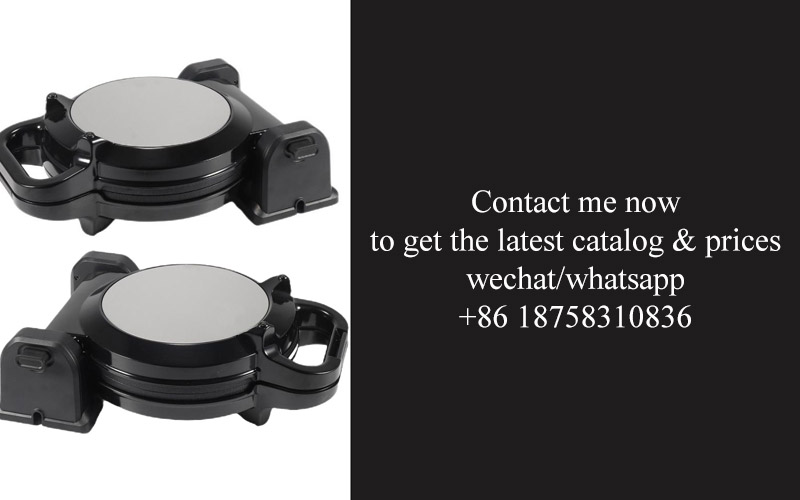
In the ever-evolving landscape of kitchen appliance retail, private label brands have been making significant strides, carving out a niche for themselves in a market traditionally dominated by established names. As these brands continue to grow, their packaging plays a pivotal role in their success. It’s not just about protecting the product; it’s about creating an experience, building trust, and standing out on crowded shelves. Let’s delve into the nuances of private label kitchen appliance packaging and explore the strategies that are setting new standards in the industry.
In recent years, the landscape of the kitchen appliance market has seen a significant shift, with private label brands emerging as a formidable force. These brands, which offer their own versions of popular appliances, have gained traction for several compelling reasons.
Consumer trust in private label brands has grown, largely due to the perceived quality and value they provide. As consumers become more price-conscious and seek affordable alternatives, private label kitchen appliances have stepped in to fill the gap. This trend has been further bolstered by the increasing accessibility of these products through various retail channels, from mass merchants to specialty stores.
The appeal of private label appliances also lies in their adaptability to the latest kitchen trends. These brands often mirror the latest design and functionality features of high-end models, making luxury features more accessible to a broader market. From sleek stainless steel finishes to smart technology integration, private label brands are able to offer cutting-edge solutions without the high-end price tag.
Packaging plays a crucial role in the success of private label kitchen appliances. As these brands aim to establish their presence and credibility, the design and presentation of their products are paramount. High-quality packaging not only protects the appliance during transit but also communicates the brand’s values and the quality of the product inside.
Innovation in packaging design has become a key differentiator for private label brands. From eco-friendly materials to interactive packaging solutions, these brands are exploring new ways to engage consumers. Biodegradable materials and minimal waste are becoming more common, as consumers increasingly demand sustainability from the products they purchase.
The rise of private label kitchen appliances has also been influenced by the changing demographics and shopping habits of consumers. Millennial and Gen Z shoppers, in particular, are more likely to explore private label options due to their preference for value and sustainability. They are also more open to using technology in their shopping experience, which has led to an increase in e-commerce sales for these products.
Retailers have also played a significant role in the growth of private label kitchen appliances. By offering a range of private label brands, retailers are able to cater to a diverse customer base and differentiate their stores from competitors. The ability to offer a mix of national brands and private label options has become a strategic advantage for many retailers.
Furthermore, the collaboration between private label brands and manufacturers has become more sophisticated. These partnerships often result in customized appliances that align with the specific needs and preferences of the target market. This tailored approach has allowed private label brands to offer highly specialized products that are in demand.
Despite the growth, challenges remain for private label kitchen appliance brands. The competition from established national brands is fierce, and maintaining a consistent level of product quality is crucial. Additionally, private label brands must continually innovate to stay relevant and capture the attention of consumers who are accustomed to the latest technological advancements.
In conclusion, the rise of private label kitchen appliances is a multifaceted phenomenon that reflects broader changes in consumer behavior and market dynamics. With a focus on value, quality, and innovation, private label brands are carving out a significant niche in the competitive kitchen appliance market. As these brands continue to evolve and adapt, they are likely to play an even more prominent role in shaping the future of home appliances.

In the competitive landscape of the kitchen appliance market, packaging plays a pivotal role in shaping the consumer experience and perception of private label brands. This is especially true as private label kitchen appliances continue to gain traction among budget-conscious and environmentally aware consumers.
Packaging serves as the first point of contact between the product and the consumer, often making a lasting impression. It’s not just about protecting the appliance during transportation and storage; it’s about conveying the brand’s values, ensuring product safety, and enticing buyers to make a purchase.
The design of packaging for private label kitchen appliances must balance functionality with aesthetics. A sleek, modern look can make a product appear high-end, even if it’s a budget-friendly option. The use of premium materials can elevate the perception of the product without necessarily increasing the price tag. For instance, matte finishes or embossed textures can give a sense of quality without the cost of luxury materials.
Moreover, packaging has the power to communicate the brand’s story and values. Private label brands often leverage packaging to highlight their commitment to sustainability, innovation, and customer satisfaction. By using eco-friendly materials and clear messaging about the product’s features and benefits, brands can connect with consumers on a deeper level.
Safety is another critical aspect of packaging. In the kitchen appliance sector, packaging must be able to withstand the rigors of shipping and handling, ensuring that the product arrives in perfect condition. It must also provide clear instructions for assembly and use, reducing the risk of consumer injury and increasing the likelihood of a positive first impression.
In the age of information, packaging for private label kitchen appliances has evolved to include interactive elements. QR codes, for example, allow consumers to access additional information about the product, such as user manuals, recipes, or sustainability reports. This not only enhances the customer experience but also positions the brand as tech-savvy and forward-thinking.
Customization is another trend that’s reshaping packaging in the kitchen appliance industry. By offering a variety of packaging designs that cater to different market segments or occasions, private label brands can appeal to a broader audience. For instance, holiday-themed packaging or packaging that caters to specific demographics can create a more personal connection with the consumer.
The role of packaging extends beyond the initial purchase; it also plays a part in the product’s lifecycle. Recyclable and biodegradable materials are becoming more prevalent as consumers demand more sustainable options. Brands that adopt these materials not only contribute to environmental preservation but also align with the growing preference for ethical consumption.
Moreover, packaging is instrumental in building brand loyalty. Consistent packaging design can create a sense of familiarity and trust with the consumer. When a consumer can recognize a product at a glance, it simplifies the shopping experience and reinforces brand recognition.
In the competitive kitchen appliance market, packaging also serves as a tool for differentiation. With numerous brands vying for shelf space, an eye-catching package can stand out and draw in browsers. High-quality imagery, clear branding, and effective messaging can help a private label product cut through the noise and capture the attention of potential buyers.
As technology advances, so does the potential for packaging innovation. Augmented reality (AR) and virtual reality (VR) are beginning to make their mark in the kitchen appliance sector, allowing consumers to visualize the product in their own homes before purchasing. Such interactive packaging not only educates the consumer but also adds an element of excitement to the shopping experience.
Lastly, packaging is a reflection of the brand’s commitment to quality. A well-designed, durable package can communicate that the brand values its customers and their satisfaction with the product. This attention to detail can be a significant factor in consumer choice, especially in a market where trust is hard-earned and easily lost.
In summary, packaging for private label kitchen appliances is a multifaceted tool that influences consumer perception, fosters brand loyalty, and drives sales. As the industry continues to evolve, so too will the role of packaging, ensuring it remains a crucial element in the success of private label brands.
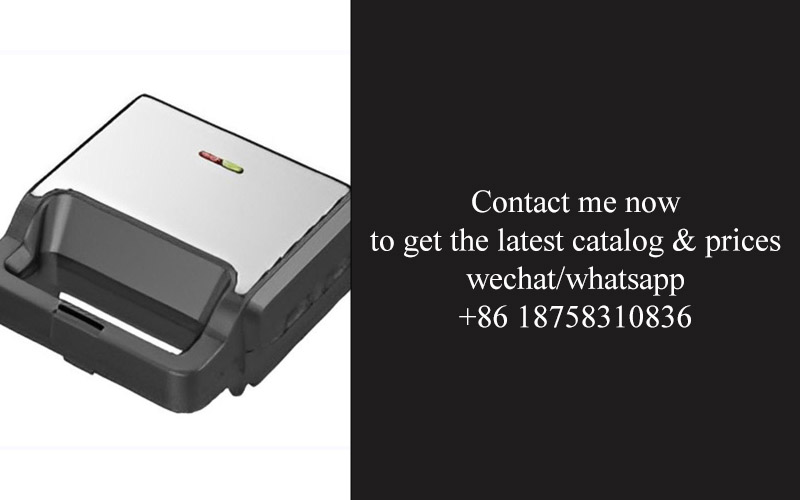
In the ever-evolving landscape of private label kitchen appliances, packaging has emerged as a pivotal element in shaping consumer perception and brand loyalty. Innovations in this area are not just about protecting the product; they are about creating a memorable and engaging experience for the consumer.
Packaging that tells a story is becoming increasingly popular. Brands are using packaging as a canvas to convey the narrative of the product, from its origin to the craftsmanship that goes into its creation. This storytelling approach not only adds an emotional layer to the purchase but also fosters a deeper connection between the consumer and the brand.
Sustainability is no longer just a buzzword; it’s a core value that private label appliance brands are embracing wholeheartedly. Packaging innovations in this realm include the use of recycled materials, biodegradable plastics, and compostable components. These eco-friendly choices resonate with environmentally conscious consumers, who are more likely to choose a brand that aligns with their values.
Interactive packaging is redefining the shopping experience. Smart packaging solutions, such as QR codes or augmented reality (AR) features, allow consumers to access additional information about the product, including usage tips, maintenance guides, or even customer reviews. This not only enhances the product’s utility but also encourages brand engagement beyond the initial purchase.
Customization is another area where packaging is making waves. By offering packaging options that cater to specific consumer preferences, such as different color schemes or personalized messages, brands can create a sense of exclusivity and personal touch. This approach can also help private label brands stand out on crowded store shelves.
Packaging design is now more than just a visual appeal; it’s a strategic tool. Brands are integrating functional elements into their packaging, such as easy-to-open designs, built-in measuring guides, or even modular packaging that can be repurposed as storage solutions. These features not only make the product more user-friendly but also extend the utility of the packaging itself.
In the realm of private label kitchen appliances, packaging is also serving as a platform for innovation. Brands are experimenting with materials that are not only durable but also adaptable to various conditions. For instance, temperature-resistant packaging can protect sensitive appliances during shipping, ensuring they arrive in perfect condition.
The use of premium materials is also on the rise, even in private label offerings. High-quality, luxurious finishes and textures are being used to elevate the perceived value of the product. This shift reflects a growing consumer preference for products that look and feel upscale, even if they are not from a premium brand.
Brands are also leveraging the power of nostalgia in packaging design. By incorporating elements that evoke a sense of familiarity or comfort, such as retro fonts or iconic imagery, packaging can create an emotional connection with the consumer. This can be particularly effective for private label brands looking to establish a unique identity in a competitive market.
The integration of technology in packaging is another significant innovation. From RFID tags that track inventory and prevent theft to smart labels that change color to indicate freshness, technology is enhancing the functionality and security of private label appliance packaging.
Lastly, the focus on packaging as a marketing tool is intensifying. Brands are using packaging to showcase their commitment to quality, innovation, and customer satisfaction. By creating packaging that is visually striking and informative, private label brands can effectively communicate their value proposition and differentiate themselves from competitors.
In conclusion, the innovations in private label kitchen appliance packaging are multifaceted, encompassing sustainability, interactivity, customization, functionality, and technology. These advancements are not only enhancing the consumer experience but also driving the success of private label brands in an increasingly competitive market.
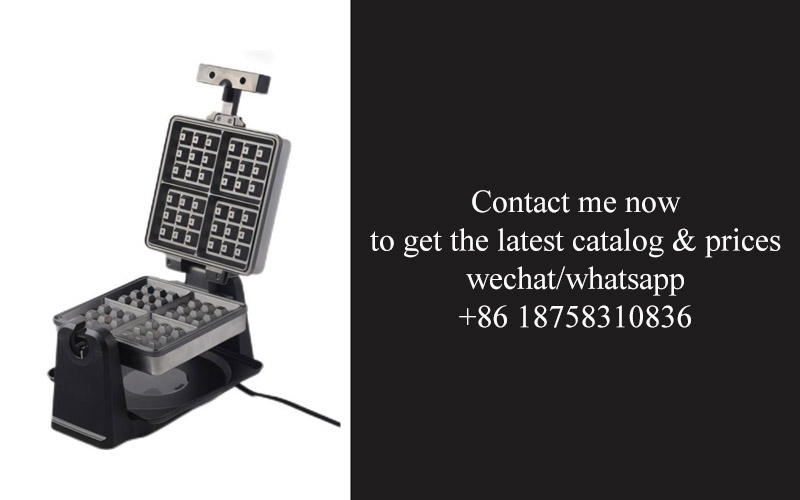
Consumers today are more discerning than ever before, with their preferences shaping the market trends in various industries, including private label kitchen appliances. Deciphering these preferences is crucial for brands looking to create products that resonate with their target audience. Here’s a deeper look into the nuances of consumer preferences:
Aesthetic Appeal and DesignConsumers are increasingly drawn to products that not only serve a functional purpose but also offer aesthetic appeal. The design of private label kitchen appliances, from the sleek lines of the exterior to the intuitive user interfaces, plays a significant role in attracting buyers. Minimalist designs, color palettes that blend with kitchen decor, and unique shapes are all elements that can sway a consumer’s decision.
Quality and DurabilityWhen it comes to kitchen appliances, consumers prioritize quality and durability. They seek products that can withstand daily use and are built to last. The materials used, the craftsmanship, and the overall build quality are factors that significantly influence purchasing decisions. Brands that can offer a warranty or guarantee on their private label appliances often have an edge in the market.
Energy Efficiency and SustainabilityThe environmental impact of products is a growing concern for many consumers. Private label kitchen appliances that are energy-efficient not only save money on utility bills but also contribute to a greener planet. Sustainability features such as recyclable materials, energy-saving modes, and eco-friendly manufacturing processes are becoming more important in the appliance market.
Smart Technology and ConnectivityThe integration of smart technology into kitchen appliances has opened up a new realm of consumer preferences. Consumers are interested in appliances that can be controlled remotely, offer programmable settings, and provide data analytics to optimize cooking and usage. The ability to connect appliances to home automation systems is also a significant draw for tech-savvy consumers.
Value for MoneyDespite the increasing sophistication of appliances, consumers still look for value for money. They want to feel that they are getting a good deal without compromising on quality. This often means comparing prices, features, and reviews across different brands and models. Private label brands often have the advantage of offering competitive pricing without sacrificing performance.
Brand Trust and ReputationThe reputation of the brand can be a powerful influencer. Consumers are more likely to purchase from brands they trust, especially in the kitchen appliance category where safety and reliability are paramount. Reviews, certifications, and brand storytelling can all contribute to building trust and enhancing brand reputation.
Customization and PersonalizationMany consumers appreciate the option to customize their kitchen appliances to suit their specific needs. This could range from adjustable settings to modular designs that allow for personalization of the appliance’s features. Brands that offer customization services or a range of options to cater to different lifestyles are more likely to appeal to a broader audience.
Ease of Use and MaintenanceThe ease of operation and maintenance of kitchen appliances is a crucial factor. Consumers seek appliances that are user-friendly, with intuitive controls and simple maintenance requirements. Aesthetics also extend to the appliance’s footprint and how it fits into the kitchen space, with compact and space-saving designs becoming increasingly popular.
Safety FeaturesSafety is a non-negotiable for consumers, especially when it comes to kitchen appliances. Features like child locks, automatic shut-offs, and non-slip surfaces are not just nice-to-have but essential for many buyers. Brands that prioritize safety and clearly communicate these features in their marketing can gain a competitive advantage.
Emotional ConnectionLastly, consumers often form an emotional connection with the products they choose for their homes. The story behind the brand, the craftsmanship that goes into the product, and the overall experience of owning and using the appliance can all contribute to this connection. Brands that can tap into these emotional triggers are more likely to build a loyal customer base.
By understanding these consumer preferences, private label kitchen appliance brands can develop products that not only meet the functional needs of their customers but also resonate with their values and aspirations. This deep understanding is key to creating a product that stands out in a crowded marketplace and fosters a lasting relationship with consumers.
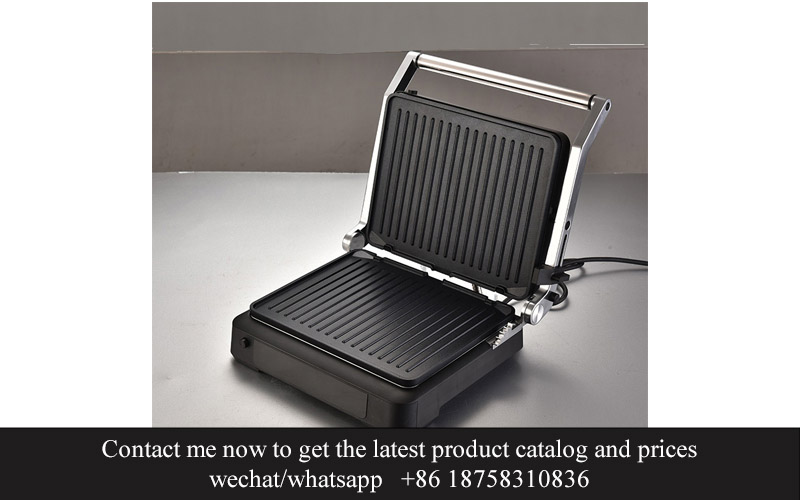
In the ever-evolving landscape of the kitchen appliance market, delving into the depths of market analysis and data insights reveals fascinating trends and consumer behaviors that shape the industry. From emerging technologies to shifting consumer preferences, here’s an in-depth look at what the data tells us:
The Consumer Shift Towards Smart AppliancesConsumers are increasingly gravitating towards smart kitchen appliances that offer connectivity and automation. Data from market research firms indicates a significant rise in the sales of smart ovens, refrigerators, and dishwashers, driven by the convenience and efficiency these devices provide.
Growth in Eco-friendly and Sustainable ProductsSustainability is no longer a niche concern but a mainstream expectation. Market analysis shows a notable increase in the demand for eco-friendly appliances, with consumers actively seeking out models that are energy-efficient and made from sustainable materials. This trend is not only driven by environmental concerns but also by the perception of long-term cost savings.
Urbanization and Compact LivingThe rise of urbanization has led to a growing market for compact kitchen appliances. Data reflects a surge in sales of mini-fridges, countertop microwaves, and compact dishwashers, particularly in densely populated cities where space is at a premium. This segment is expected to continue expanding as urban populations grow.
Demographic Changes Influencing Purchase DecisionsDemographic shifts, such as the aging population and the rise of single-parent households, are influencing the types of kitchen appliances consumers are purchasing. For instance, data shows an increase in demand for appliances with easy-to-use interfaces and safety features, catering to the needs of older adults and those with limited mobility.
The Impact of Online Retail on SalesThe rise of e-commerce has had a profound impact on kitchen appliance sales. Online platforms are not only providing consumers with a wider selection but are also offering competitive pricing and convenience. Data from retail analytics suggests that online sales of kitchen appliances have been on the rise, with a significant portion of the market now transacted online.
Brand Loyalty vs. Private Label AppealWhile brand loyalty remains a strong factor in kitchen appliance purchases, the rise of private label brands is challenging traditional appliance manufacturers. Data indicates that private label appliances are gaining traction due to their competitive pricing and perceived quality, often offering similar features to name brands.
Seasonal Trends and Consumer BehaviorSeasonal trends play a significant role in kitchen appliance sales. For example, sales of air conditioners and outdoor grills tend to spike during the summer months, while there’s a surge in coffee makers and slow cookers in the fall and winter. Consumer behavior analysis reveals how these trends correlate with weather patterns and lifestyle choices.
The Influence of Social Media and InfluencersSocial media has become a powerful tool for influencing consumer purchasing decisions. Data from social media analytics shows that consumers are more likely to be influenced by online reviews, influencer endorsements, and brand storytelling. Kitchen appliance brands that effectively leverage social media are able to reach a wider audience and drive sales.
Globalization and Cross-border ShoppingGlobalization has opened up new markets for kitchen appliance brands, and cross-border shopping has become more accessible. Data indicates that consumers are increasingly interested in international brands and models, leading to a rise in cross-border e-commerce and imports.
In conclusion, market analysis and data insights provide a comprehensive view of the kitchen appliance industry. From the rise of smart appliances and eco-friendly options to the impact of urbanization and the power of social media, these insights are crucial for manufacturers, retailers, and consumers alike to navigate the dynamic landscape of kitchen appliances.
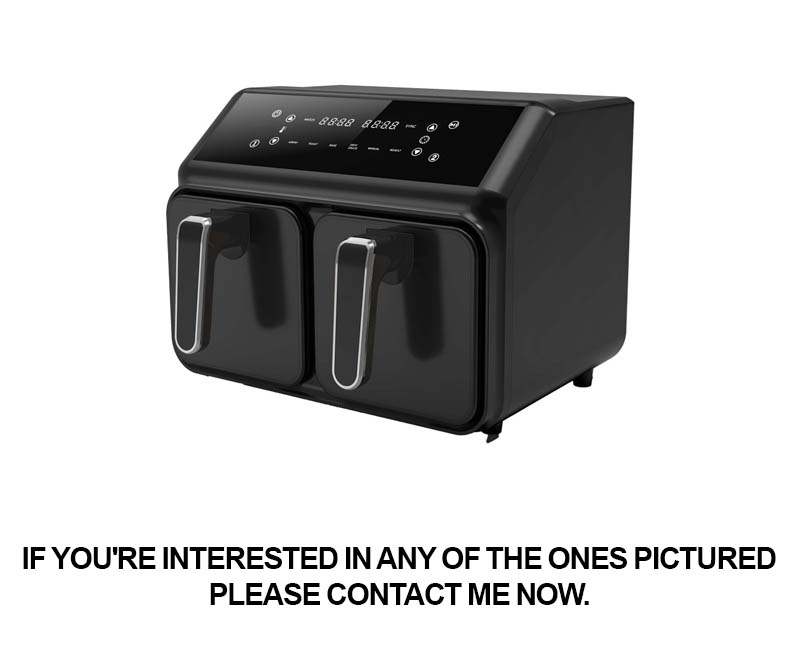
In the realm of private label kitchen appliance packaging, several companies have stood out with their innovative and successful approaches. Let’s delve into a few case studies that highlight their strategies and the impact they’ve made.
Eco-Friendly Materials: One standout example is the private label brand “GreenGourmet,” which has gained traction for its commitment to sustainability. Their packaging is crafted from recycled materials, ensuring that the products are not only eco-friendly but also send a strong brand message to environmentally conscious consumers.
Branding and Design: The “ModernMaison” line has managed to carve out a niche with its sleek, minimalist packaging design. The use of high-quality, durable materials paired with a clean, white aesthetic has helped establish a perception of luxury and quality, even in the private label market.
Interactive Packaging: The “TechTrend” brand has embraced technology in their packaging, incorporating QR codes that link directly to product reviews, recipes, and maintenance tips. This interactive approach not only educates the consumer but also fosters a deeper connection with the brand.
Customization and Personalization: “CustomCuisine” offers a unique service where customers can personalize their appliance packaging with their names or special messages. This level of customization not only adds a personal touch but also serves as a conversation starter and a memorable unboxing experience.
Packaging as a Tool for Education: “HealthyHome” has taken packaging to a new level by providing detailed information about the health benefits of their appliances. Their packaging includes infographics explaining how each product contributes to a healthier lifestyle, which has resonated well with health-conscious consumers.
Sustainability and Transparency: “PurePlanet” has successfully leveraged packaging as a means to showcase their commitment to sustainability. The brand’s packaging is transparent, allowing customers to see the appliance inside, and is made from fully recyclable materials. The brand also provides a clear breakdown of the materials used, further reinforcing their eco-friendly stance.
Packaging as a Marketing Tool: “SmartKitchen” has used packaging as a strategic marketing tool by incorporating augmented reality (AR) elements. When scanned with a smartphone, the packaging comes to life, showcasing the appliance in action and highlighting its key features. This has not only educated consumers but also created a buzz around the product.
Packaging as an Extension of Product Quality: “PremiumPalate” has positioned their packaging as an extension of the high-quality products they offer. The use of premium materials and attention to detail in the design reflects the brand’s commitment to excellence, making the packaging itself a statement of quality.
Packaging that Speaks to Different Life Stages: “FamilyFeast” has designed packaging that caters to various life stages, from single adults to families. The packaging features different themes and designs that appeal to different demographics, making the brand relatable and accessible to a wider audience.
Packaging that Encourages Social Sharing: “SocialSavor” has created packaging that encourages consumers to share their experiences on social media. The packaging includes unique hashtags and incentives for users who post about the product, effectively turning the packaging into a tool for organic marketing.
These case studies demonstrate how private label kitchen appliance brands have utilized packaging to differentiate themselves, engage consumers, and build a strong brand identity. By focusing on sustainability, design, interaction, customization, education, transparency, marketing, quality, and demographic appeal, these brands have not only succeeded in the market but have also set new standards for packaging innovation in the private label sector.
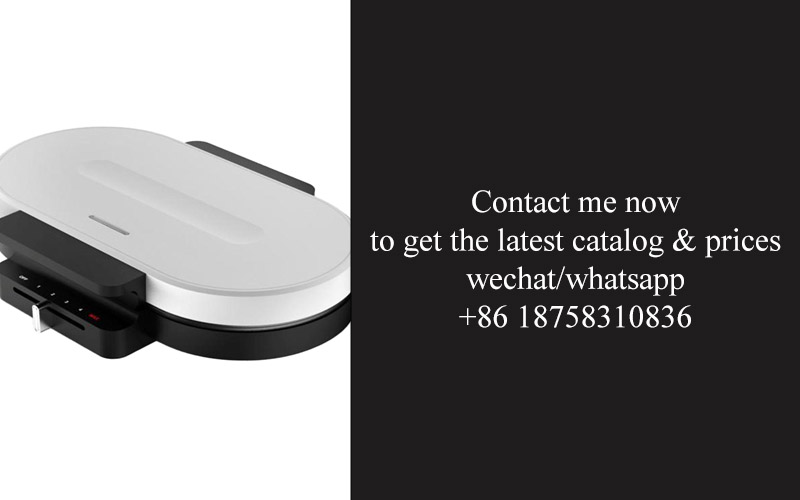
In the ever-evolving landscape of kitchen appliance packaging, the future holds a blend of technological advancements, sustainable practices, and consumer-centric designs. Here’s a glimpse into what lies ahead:
Personalization and Customization – With the rise of e-commerce and direct-to-consumer models, the future of packaging for private label kitchen appliances is likely to see a surge in personalization. Brands might offer customization options, allowing customers to choose colors, materials, or even design elements, creating a unique unboxing experience.
Sustainability at the Core – As environmental concerns grow, sustainability will play a pivotal role in packaging design. Materials such as recycled paper, biodegradable plastics, and compostable options are expected to become more prevalent, reducing the carbon footprint of private label appliances.
Smart Packaging Technologies – Integration of smart technologies in packaging could become standard. Sensors, QR codes, and augmented reality (AR) could be used to provide instant information about the appliance, maintenance tips, or even recipes, enhancing the customer experience from the moment they open the box.
Ergonomic and User-Friendly Designs – Packaging will continue to evolve to make the installation and use of kitchen appliances more intuitive. Easy-to-assemble kits, clear instructions, and packaging that can double as a temporary workbench might become common, reducing the frustration often associated with unpacking and setting up new appliances.
Enhanced Brand Storytelling – Packaging serves as a silent ambassador for the brand. In the future, we might see more storytelling elements integrated into packaging, using textures, graphics, and even interactive elements to convey the brand’s values and heritage.
Modular and Recyclable Packaging – As appliances become more modular, so too might their packaging. Modular designs would not only streamline manufacturing but also make recycling and disposal more efficient, as parts can be separated and processed independently.
Interactive Retail Experiences – Showrooms and retail spaces could feature interactive packaging displays that allow customers to engage with appliances before purchasing. Touchscreens, live demonstrations, and even virtual reality (VR) experiences could be used to showcase the appliances’ features and benefits.
Global Design Standards – As the market for private label kitchen appliances expands globally, there will be a push for universal packaging standards that can accommodate different languages, cultural preferences, and logistical challenges.
Regulatory Compliance and Safety – The future of packaging will also involve a heightened focus on compliance with safety regulations and ethical practices. This includes the use of non-toxic materials, adherence to international packaging guidelines, and transparency in labeling.
Cost-Effective Solutions – Despite the advancements in packaging technology, there will be a continued emphasis on cost-effectiveness. Finding innovative ways to create high-quality packaging that is both sustainable and affordable will be a key challenge for manufacturers.
Innovation Through Collaboration – The future of private label kitchen appliance packaging will likely involve partnerships between appliance manufacturers, packaging designers, and technology providers. Collaborations could lead to breakthroughs in materials, design, and logistics that push the industry forward.
Longevity and Upgradability – Packaging that supports the longevity of appliances, such as water-resistant materials or protective cushions, could become more common. Additionally, packaging that allows for easy upgrades or replacements of parts might extend the life of the appliance and reduce waste.
As the landscape of kitchen appliance packaging continues to shift, these trends and innovations will shape how consumers interact with private label appliances, from the moment they arrive at their doorstep to the years of use that follow.